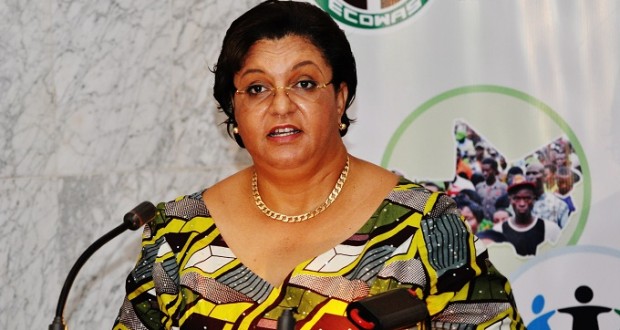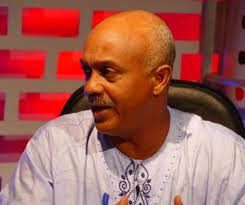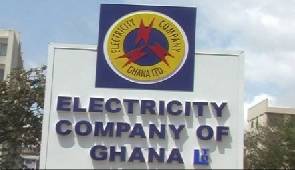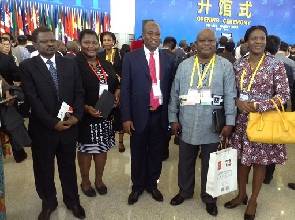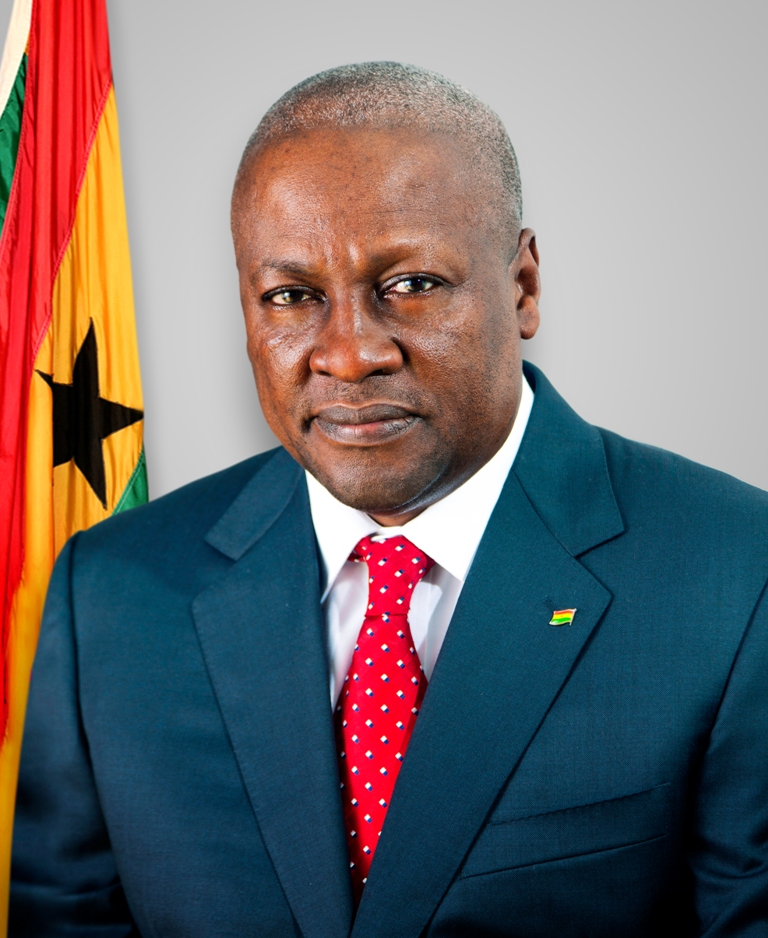 Friends, I’m emotionally disturbed at the moment, and I’m going to do this write-up with asperity. If someone should guess the way I’m feeling, I’m sure the one would have said without hesitation: Angry. I feel disappointed, tetchy and crazy; and I have plenty of reasons to be as mad as hell.
Friends, I’m emotionally disturbed at the moment, and I’m going to do this write-up with asperity. If someone should guess the way I’m feeling, I’m sure the one would have said without hesitation: Angry. I feel disappointed, tetchy and crazy; and I have plenty of reasons to be as mad as hell.
One noticeable gloomy picture in the operations of the Water Company Limited is that for the past eighteen years they have not made any significant improvement in terms of their total customer base. In fact, the problem has become more acute, more hopeless and more disheartening.
Now, the bombshell! According to Dr. William T. Muhaiwe, a management Specialist and the author of “Making Public Enterprises Work”, when he took over as MD of Uganda Water and Sewerage Corporation in 1998; the total billable customer base of the then Ghana Water and Sewerage Corporation was about 500,000.
In 2014, Dr. Muhaiwe, now a consultant was engaged by the World Bank to do some work at now Ghana Water Company Limited; he shockingly found out that the total customer base of the Ghanaian company was still around 500,000.
The official figures I got from GWCL which are not too far from what Dr, Muhaiwe gave are as follows: the year 2000 is 275,693; 2008 – 400,404; 2015 – 561,350; March, 2016 – 569,864.
In recent times, the Mahama led government has embarked on massive expansion of water works which includes the US$273 million Kpong water works supplying 40 million gallons of water a day to areas including Adenta, Madina, Kwabenya, Ashongman; North, East and West Legon, Ashaley Botwe, Haatso, Asofan, Dome and many others. Also worth mentioning is the 16.5 million Euro Kpong Intake Rehabilitation Project to increase supply to Accra -Tema Metropolitan Area. Communities benefiting from the project include Dodowa, Ningo, Prampram and the Akuapem Ridge.
Of another significant importance is the installation of equipment at a cost of 56.5 million Euros for the production of 9 million gallons of water per day, this includes, the construction of four reservoirs at Adukrom, Dodowa, Atimpoku and Akorley as well as a 92km transmission pipelines for 70 communities in both the Greater Accra and the Eastern Regions.
There are also dozens of other water projects at various stages of completion around the country which will add 30 million gallons of water a day to the existing stock. These are the Wa Water Project, the Nsawam Water Supply Project, the Kwahu Ridge, Konongo and Kumawu Water Supply Projects. Beneficiary communities include Wa Metropolitan Area, University for Development Studies Campus, Jamgoasi, Kog, Guo, Pase, Dorimon, Boro, Chaira, Siriyiri, Bamaho, Bole, Kolong and Kperisi.
Others include Medie, Ntoaso No. 1 and 2, Owuraku, Hebron, Adoagyiri, Abene, Abetifi, Asakraka, Aduamua, Bepong, Bokuruwa, Tafo, Mpraeso, Nkwatia, Nteso, Obo, Obomeng, Pepease, Kotosu, Asempanaye, Nkwakwa, Hweehwee, Akwasiho and Suminakese.
All these water projects cannot be acknowledged without mentioning additional works on the Kumasi Water Supply Project, the Asante Mampong Water Supply Project, the Akim Oda-Akwatia-Winneba Water Supply Project and the five towns (Anyinam, Kibi, Osenase, Apedwa and Kwabeng) Water Supply Project.
Also worth mentioning is the Damanko-Kpassa Water Supply Project which serves about 60,000 people in 13 communities in the Nkwanta North District of the Volta Region; the Four Constituencies Water Supply Project designed to serve 150 communities in Central Tongu, North Tongu, Adaklu, Anyigbe, Ho West and Ho East with a total population of over a quarter of a million.
Currently, Ghana has a total water coverage of 76%, which is the second highest in Sub-Saharan Africa. As stated in the 2010 population census, the total number of households in Ghana is about 5.5 million. Water meters are installed mostly according to households. Going by the national coverage of 76%, it means about 4 million households are being served with water. So, for Ghana Water Company Limited to have a total billable customer base of 500,000 is unacceptable and a grave sin against our beloved nation. In fact, it is a crime!
One other culprit of mismanagement of state resources is the Electricity Company of Ghana. It has been an abject failure and a burden; I will explain.
The world’s standard transmission and distribution losses for electricity is 10%. China has 8% and OECD countries (Economic Cooperation and Development) has just 7%. According to the World Resources Institute (WRI) figures, Ghana’s electricity grid has the highest transmission and distribution losses in the world with a whopping 30%, meaning an unbelievably 20% of the power we produce can’t be unreasonably accounted for. This translates into more than 540 MW.
With all these deficiencies, running ECG has been disgracefully expensive; their staff are sinfully rich at the expense of the state! An investigation by the Insight newspaper in its 21st June, 2013 edition revealed that for the year 2013, a Head of Department for the Electricity Company of Ghana (ECG) took home a mouth-watering GHC24,228.44 per month. Part of the publication also reported that a private secretary took home GHC5,943.33 per month.
It is also an open secret that some district officials of ECG deliberately put off power during funerals and only restore it after they have been bribed. Please tell me! Which private company will tolerate such nonsense and tomfoolery? It is reasonable to state that Ghana Water Company Limited and ECG are not prudent companies in the best of circumstances. The labourer must be worthy of his hire. This inextricable mess must be dealt with at once, and we have two choices. Either we maintain these companies and suffer or privatise them and live in comfort as a nation.
Anthony Obeng Afrane
